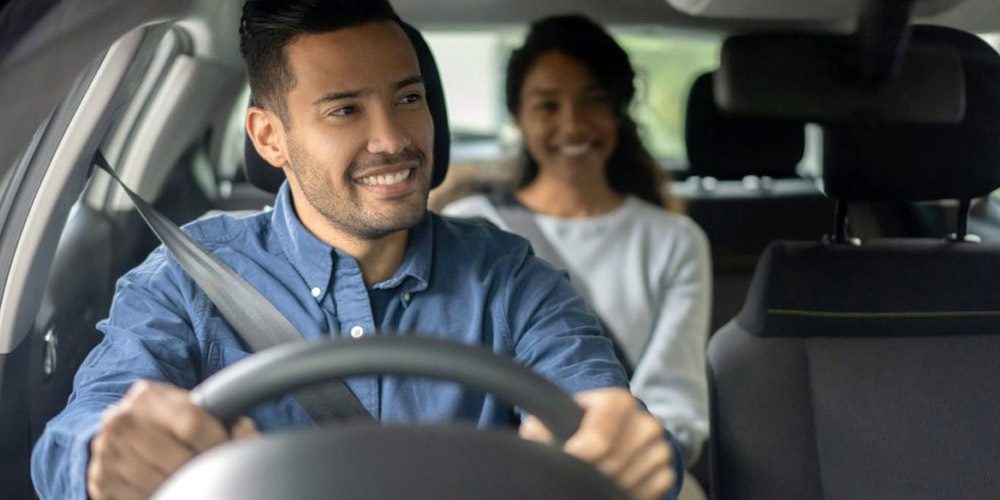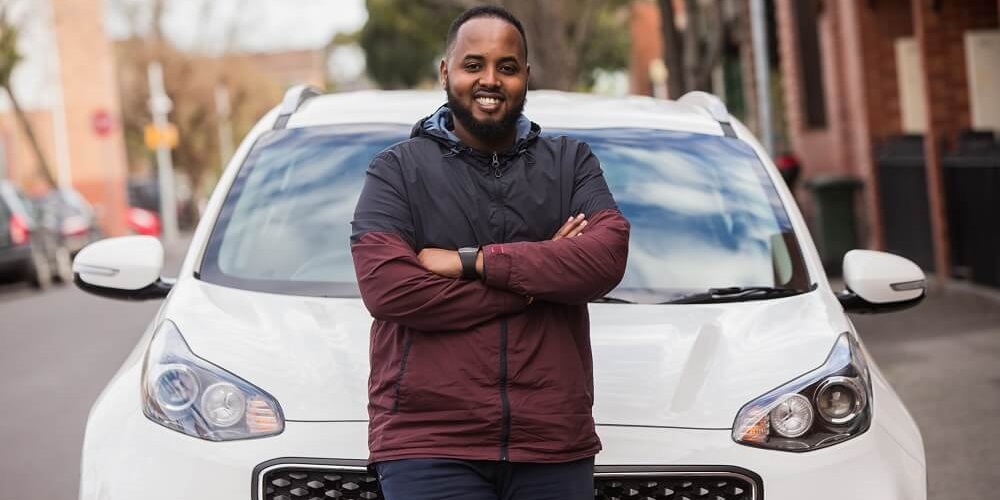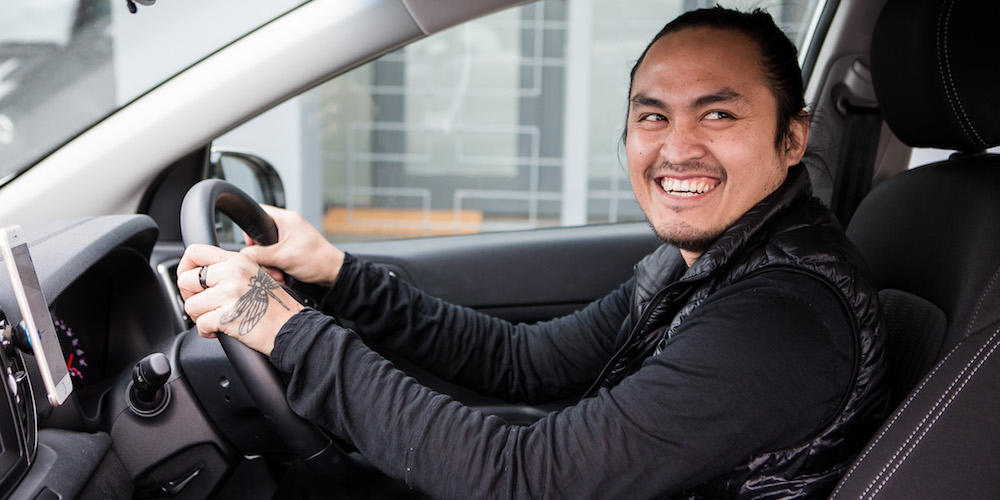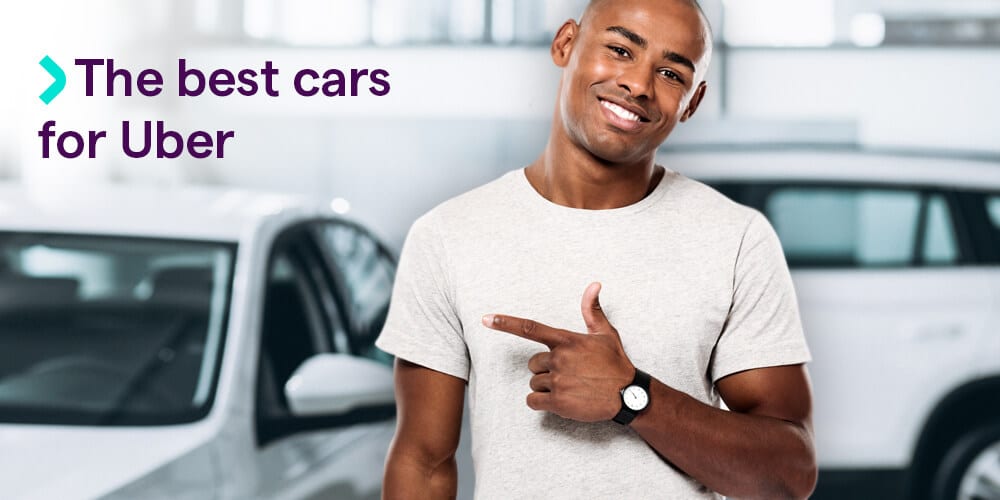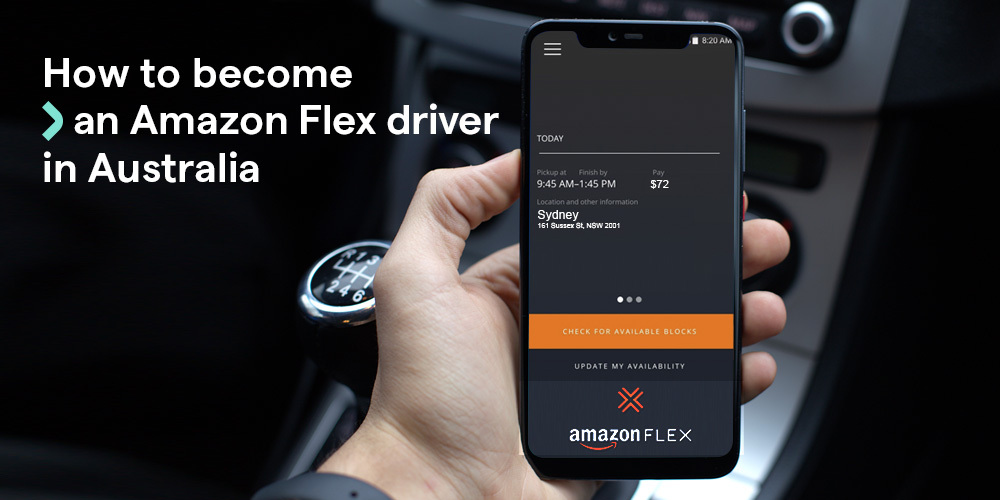Life as an on-demand driver is all about finding the best time and place to work with the highest efficiency possible so you can maximise how much Uber drivers make and enjoy a healthy work-life balance. However, you can control more than where and when you drive.
One of the most important thing is choosing the best car for Uber driving. To lower down your car running costs and get ongoing support from rideshare car specialists, you should consider a car rental for Uber. Splend’s rent to own cars come with everything a rideshare driver needs to get on the road, from registration and CTP to loss & damage cover. You can also opt for driving a fully-electric or hybrid car and save on fuel and car running costs. Learn how much it costs to charge an electric car in Australia and how much fuel a hybrid car saves.
Another important thing you can do is juggle multiple rideshare apps and courier apps to keep downtime to the minimum, or simply drive for the ones that best suit your goals and lifestyle.
At Splend, we always encourage our customers to sign up to multiple ridesharing apps. That way you can increase your exposure and thus your chances to receive ride requests at any given time. Relying on more platforms also puts you on stable ground so you have plenty of backup plans in any situation.
Australian rideshare app comparison
Check out the comparison table below, courtesy of Canstar Blue and finder.com Please note that the amounts may vary depending on your state and car type.
| UberX & UberXL | Ola | Didi | Shebah | GoCatch | |
Information based on company websites, as of January 2023.
UberX & UberXL
Uber is the market leader in Australia. A trusted provider worldwide, the brand has become synonymous with ridesharing over the years and offers drivers additional means of earning income. You can also become an Uber Eats driver and do food delivery work, or parcel delivery with Uber connect and maximise your earnings through surge pricing.
Pros
- Most widely available rideshare provider offering their services in many Australian cities
- Large customer base – little downtime between rides
- Intuitive, easy-to-use app
- Flexible – pick and choose the jobs you want
- UberPool and UberXL option – get more rides, earn more, and boost your ratings faster with a 7-seater

Cons
- Relatively high commission rate
- The surge pricing feature is sometimes unstable
- Compliance can be problematic – documents, incident investigation, etc.
- Strong competition due to large driver base

Ola
One of Uber’s biggest competitors, Ola is an Indian-based popular on-demand rideshare that operates across Sydney, Melbourne, Brisbane, Sunshine Coast, Gold Coast, Adelaide, Canberra, and they also offer their services to rideshare drivers in Perth. They’ve recently made some changes to their service such as improved safety features, and also accept Apple Pay.
Pros
- Wide selection of cars from sedans through SUVs to luxury models
- 15% commission rate
- User-friendly app
- Safety measures for riders and drivers
- 24/7 customer support
Cons
- Difficult to find rides outside of the city
- Still quite new to the market, so there are less riders

DiDi
A newer entry in the Australian market, DiDi is no stranger in the rideshare space having operated successfully in China and South America for years. DiDi markets itself as providing rides that are low compared to other providers, but the tradeoff is that it’s listed in fewer cities. DiDi is currently available in Melbourne, Brisbane, Geelong, Newcastle, Gold Coast, Sunshine Coast, and Perth.
Pros
- Flexible commission rate, and affordable fares for riders
- Generous referral schemes and promos for riders, so you’ll see surges when there’s an active campaign
- You’ll know the destination before accepting the ride
- 24/7 customer support
Cons
- Slow periods due to limited customer base
- Performance-based commission rate may pressure you to work overtime

Shebah
A female-driven rideshare service, Shebah’s vision is to ensure women and children feel safe when traveling. Men can also use Shebah in certain circumstances, for example when traveling with a child . Shebah is currently available in Melbourne, Geelong, Bendigo, Ballarat, Hobart, Canberra, Sydney, Adelaide, Perth, Brisbane, the Gold Coast, and Sunshine Coast.
Pros
- 15% commission
- The safest platform for female drivers
- Shebah donates 1% of every fare and splits it between three charities
- You can become a “preferred driver” and have returning riders
Cons
- Fewer trips available
- Problems noted with the app
- Service is available only during working hours
GoCatch
Pros
- Lower fares and no surge pricing for passengers
- Very easy-to-use application
- Passengers can arrange bookings in advance (between 30 minutes and 12 months)
- Drivers can earn GoPoints, which mean better jobs and better money
Cons
- Passengers can’t see ride history
- Problems noted with the app
Which rideshare app should you drive for?
There are many factors to consider when deciding which rideshare provider to drive for. Is your priority having more rides or receiving a higher fare pay? It’s easier to sign up to just one app, but our recommendation is to know how many hours you plan to drive before deciding.
In terms of commissions, Ola, Shebah, and DiDi reward drivers by taking less cut of each fare. However, Uber has the most authority in the ridesharing market, and thus offers more work.
With Uber and DiDi, you will be paid weekly whereas Shebah, Ola, and GoCatch pay daily. For casual driving, it may be worthwhile to use one of each – say, Uber and Ola –, so you’ll have a smaller daily cash flow as well as a larger weekly payment.
If you drive full time, we suggest signing up to several rideshare apps, and even to delivery driver apps in Australia and minimise your down time between gigs. Once you have a good rhythm and get to know which areas in your city are most popular at particular times, you’ll have a better understanding of which ones fit your lifestyle best.

About Splend
We enable people to make money by driving for on-demand apps such as Uber.
We’re more than a car subscription provider. In addition to new-model cars and all the essentials to start earning money with Uber as quickly as possible, our customers enjoy driver training and dedicated support, as well as customer benefits such as partner discounts and exclusive events.
For more information about Splend, make an appointment and drop by to your local Splend Hub, email us, or say hello on 1800 775 363.


